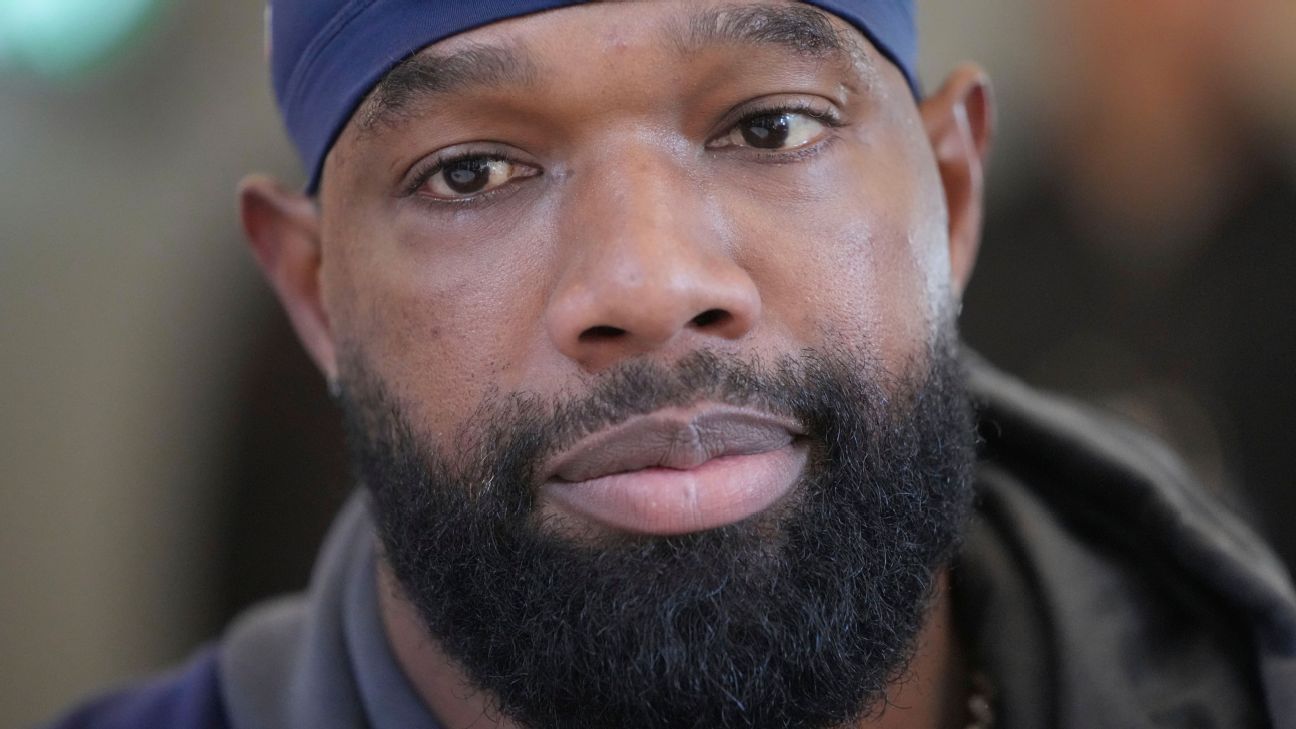Fifty years ago this Monday — Nov. 3, 1975 — the WTA unveiled its first official player rankings, a Top 10 that reflected a sport in full bloom.
Representing six countries, the players ranged in age from an 18-year-old…

Fifty years ago this Monday — Nov. 3, 1975 — the WTA unveiled its first official player rankings, a Top 10 that reflected a sport in full bloom.
Representing six countries, the players ranged in age from an 18-year-old…

On Oct. 4, for the first time, Afrobeats star Adekunle Gold gave an electric performance of songs from his latest album Fuji, which he had just released the day before. On that steamy Saturday night, he took the stage for a free concert at…

HOUSTON — The Denver Broncos’ Marcedes Lewis made history Sunday against the Houston Texans, when at age 41 he became the oldest tight end to ever play in an NFL game.
When he entered the game on the fourth snap of Denver’s first drive, Lewis…

Ilia Malinin has levelled up – again.
The two-time and reigning world champion romped to victory on Sunday (2 November) at 2025 Skate Canada International in Saskatoon, Saskatchewan, setting a new world record men’s free skate score along the…

After teasing its dual-screen gaming handheld last month, Anbernic has already put its RG DS up for preorder on its website. When the Anbernic RG DS was revealed for the first time, the handheld maker only hinted at a price range of less than…


Asus is expected to update the ROG Ally X with the new AMD Ryzen Z2 series APUs in the near future, to match up with the recently launched ROG Xbox Ally X. Of course, Asus could simply call this future handheld the ROG Ally 2, but Asus doesn’t…

 BBC
BBCAn internet prankster has been charged by police after appearing with the Australia team before their rugby league game against England on Saturday.
Daniel Jarvis…

Jessica Pegula opened her 2025 WTA Finals campaign on 2 November with a determined 6-3, 6-7(4), 6-2 victory over defending champion Coco Gauff in Riyadh, sealing the win after two hours and 12 minutes of tense, momentum-shifting tennis.
The…